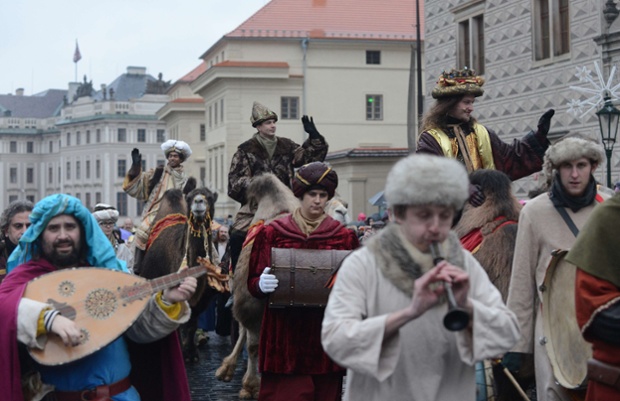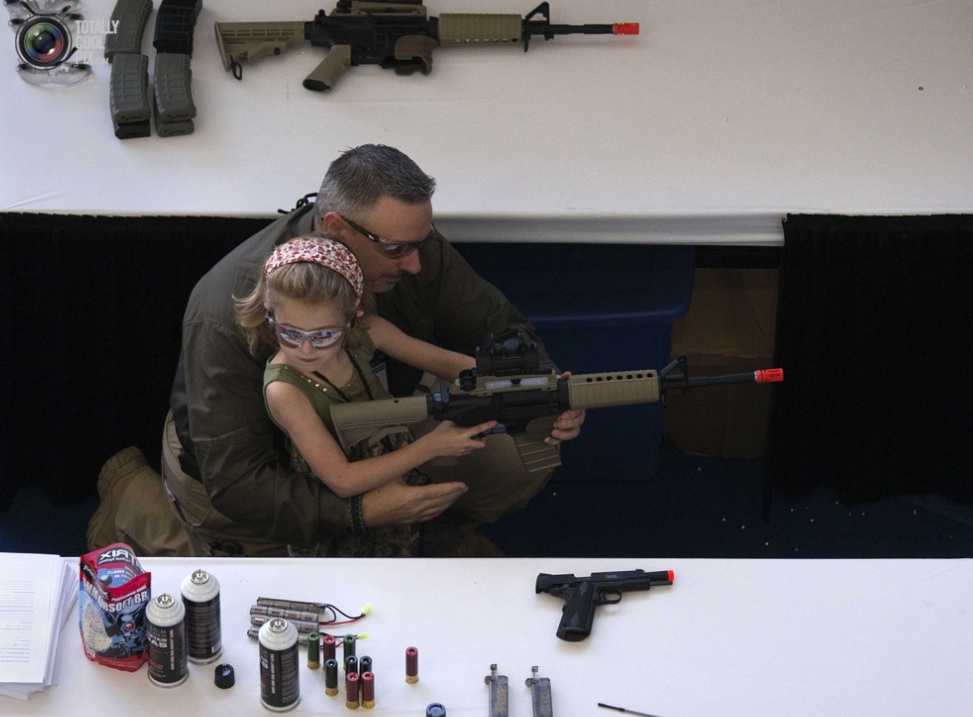The weather has been in the news a good deal lately. Snow storms, sub-zero temperatures, ice dams, and so on, and of course each such weather event makes for all manner of beautiful and otherwise comforting photographs ranging from frozen water falls to children catching snowflakes on their tongues to individuals making snow angels in the street on Times Square. There are also troubling photographs, such as those that feature the homeless forced to sleep on steam grates to capture any manner of warmth. And there are many others as well. The photographs that have captured my attention, however, are those that call attention to the medium of photography itself, as with the photograph above (or here and here) that underscores the paradox in how the photographic image simultaneously shows and veils its subject.
According to the realist perspective, the photograph—at least in its pure form—is fundamentally the result of a mechanical, chemical, and/or digital process that captures all that there is to see within the frame of the lens. A split second, captured and frozen in time. The “truth” of the image is thus an objective reproduction of what was there to be seen, nothing more and nothing less. Photographers point the camera, of course, and photo editors choose which photographs will be seen by others, and so we can’t avoid authorial intentions altogether, but nevertheless what the camera captures within its frame was there to be seen. All of this is true enough, but what it is often missed from such a perspective is the way in which the photograph shows us how to see the world as caught in the tension between revealing and shrouding what there is to be seen.
The ice encrusted automobile is a case in point. There is no question but that this is an automobile, the windshield wiper, the logo, and license plate all too obvious to anyone with a modern sensibility. The object is clearly revealed as an automobile; but then again, not all that clearly so, for the actual manufacturer and the license plate themselves are veiled by the ice that coats everything and distorts the specifics of the vehicle beyond recognition. What the image shows then is not just the effects of weather on the objects of everyday life and all that that implies—depending upon your perspective, i.e., aesthetic, sociological, meteorological, etc.—but the way in which the photograph itself envisions its own capacity—both its strengths and its limitations—to put the world on display. In short, it shows all that there is to show, both what can be seen and what cannot be seen.
Photographs such as the one above are unique inasmuch as they emphasize the process of revealing and concealing when weather events get in the way of ordinary life, but the point to be made is that the same process is inherent to all so-called realistic photographic representations. That is to say, realist photographic representations, like all representations in general, both enable and invite us to see some things to the exclusion of other things; and that is one of the things that they are always showing us however much we fail to see it.
Photo Credit: Devon Ravine/AP





